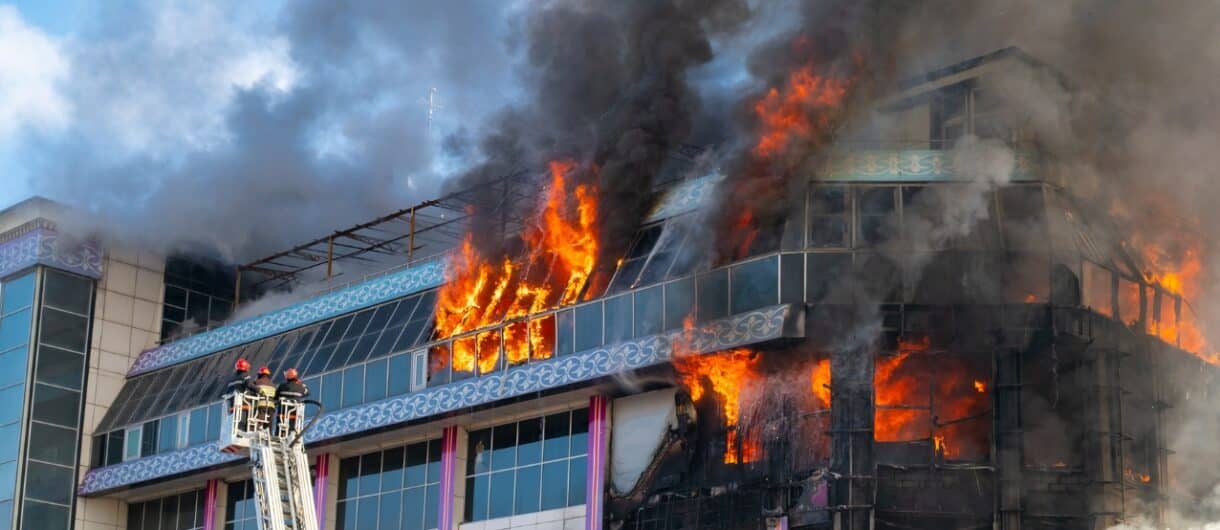
Fires in shopping centers: the importance of passive protection
According to data from Unespa in collaboration with Tecnifuego and Cepreven associations, in which information from 24 insurers was analyzed, of the information gathered from 166,092 fires, it was highlighted that 7.93% were in shops or shopping centers, with an average cost of 8,768 euros.
In the case of shopping centers, most of them have a large constructed area that can comprise thousands and thousands of square meters. On the other hand, they have a significant influx of people. Therefore, an evacuation plan and the installation of all possible fire protection measures will be essential to prevent possible fires.
And in prevention, we already know that passive protection has a lot to do with it: this preventive and containment role in the event of a fire is key to allowing a structure to resist for a certain time.
Passive protection: objectives and regulations
When we approach any passive fire protection project in a shopping center, there are several systems and solutions that we use to delay or prevent the spread of a fire in a commercial space, but what does not change is the objective:
- Save human lives.
- Minimize material damage and economic losses caused by fire.
- Facilitate the work of the firefighting teams as much as possible.
- Achieve an early resumption of activity.
To this end, the main regulations address passive protection in commercial establishments, the Technical Building Code in Spain(CTE), which regulates passive protection in buildings.
Passive protection measures in a shopping center
As complementary measures to active protection, such as sprinklers, portable fire extinguishers, outdoor hydrants, detection systems, etc., passive protection systems such as fire curtains and smoke control curtains are becoming more and more common.
To do this, it is first necessary to divide the space into different fire sectors. At a general level, the CTE tells us that a sector must not exceed 2,500 m2 of constructed area.
However, these spaces usually have construction peculiarities, which make each project completely different from another, so an in-depth study of the fire sectors of each establishment is important to determine the number of curtains to install.
In addition, sometimes the installation of curtains is accompanied by the installation of other passive protection systems such as temperature control and smoke evacuation systems (SCTEH), for which it is necessary to adjust the calculations for a good synergy between both systems. .
Do you need help in the fire protection of your company? At Tecnitex we are specialists in passive fire protection solutions and we have experience working in all types of commercial establishments.
If you are interested in installing fire curtains or smoke control barriers, contact us.